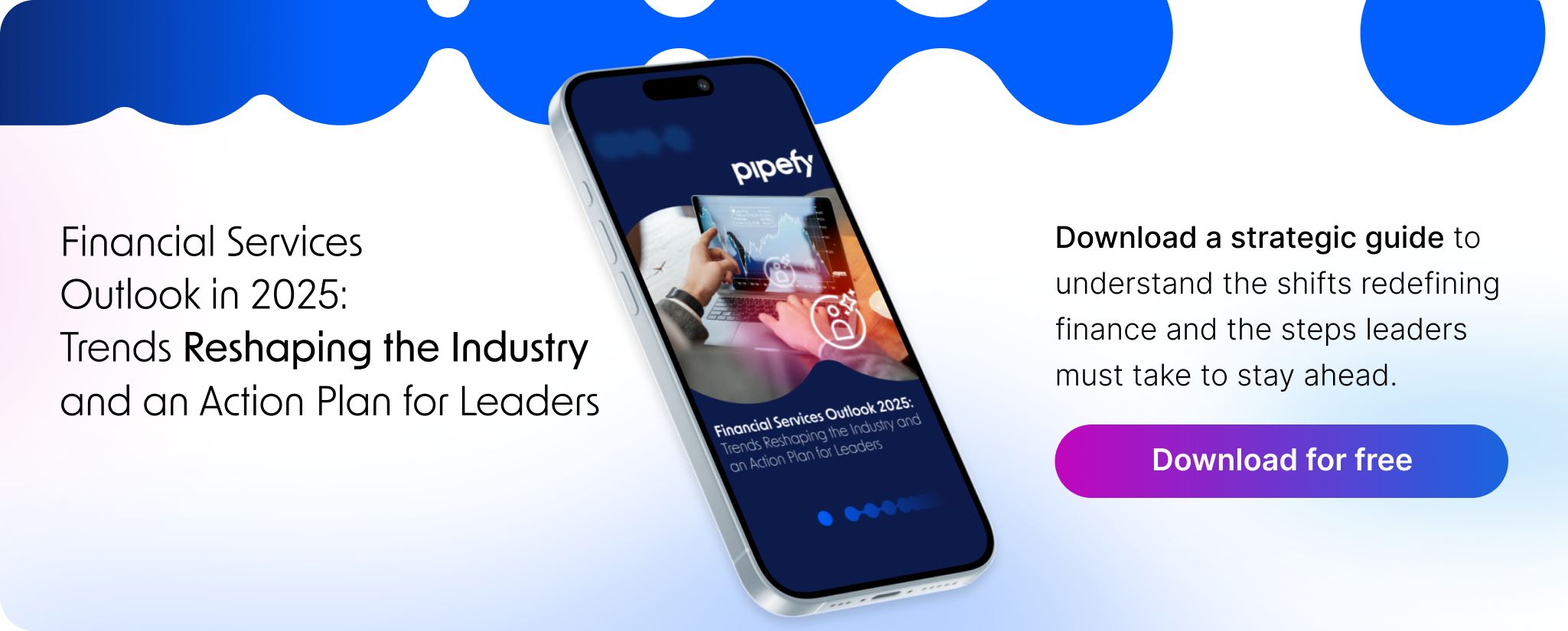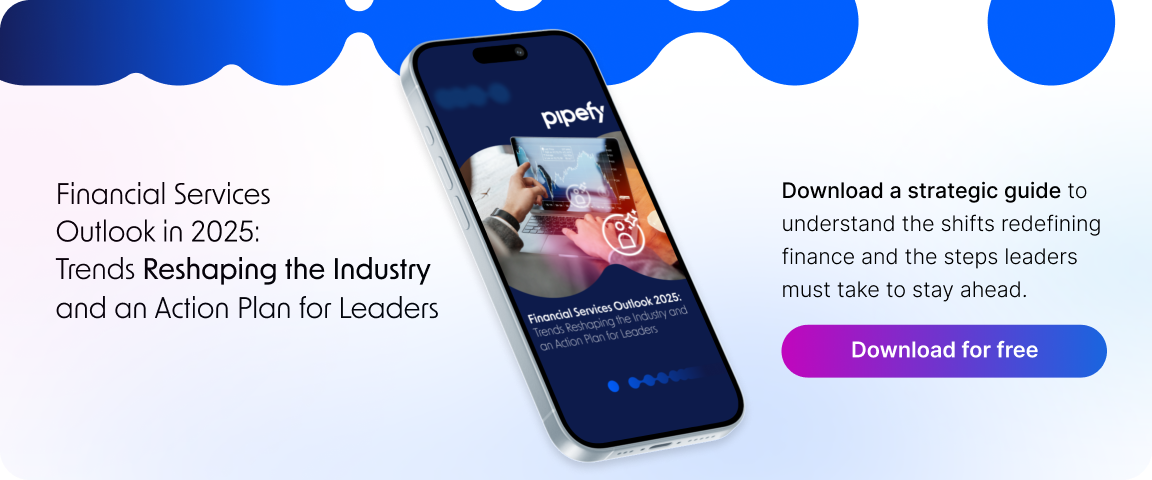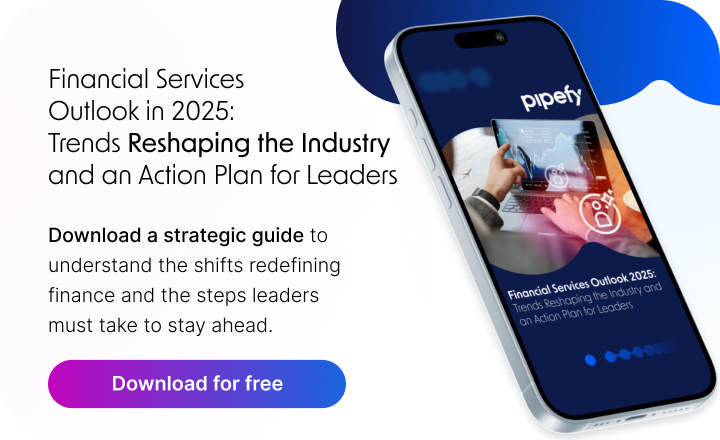
In today’s competitive environment, predicting the future is no longer a luxury — it’s a strategic necessity. That’s why financial forecasting is now taking center stage. And thanks to advances in Artificial Intelligence (AI), building more accurate, real-time forecasts is more accessible than ever. Today, we will talk about how AI-Powered financial forecasting is reshaping the market.
If your forecasting models still feel slow, error-prone, or overly dependent on spreadsheets, it’s time to discover how AI and AI Agents are revolutionizing financial prediction and automation.
What is financial forecasting — and why does it matter so much?
Financial forecasting is the projection of future results based on historical data, market trends, and internal business information. It guides key decisions like:
- Budget planning
- Hiring and resource allocation
- Strategic investments
- Cash flow management
The accuracy of these forecasts directly impacts business health. Predicting with precision is what separates resilient companies from those constantly reacting to change.
The challenge? Traditional methods are time-consuming, require large teams, and are often subject to human bias and technical limitations. This is where AI becomes a game-changer.
Learn more: Smart Source-to-Pay: AI-Driven Procurement Automation with Full Integration
How AI Is Transforming Financial Forecasting
AI doesn’t just “speed up” spreadsheets. It fundamentally reshapes the forecasting process from end to end.
1. Real-time predictive modeling
Using machine learning algorithms, AI can analyze historical patterns and automatically adjust predictions as new data comes in. Your forecast becomes dynamic — always up to date and ready to anticipate what’s next.
2. Elimination of human bias and guesswork
AI Agents process vast datasets without cognitive bias. They detect correlations and anomalies beyond human perception, delivering data-driven predictions instead of “gut feelings.”
3. Automated forecasting with minimal manual effort
By automating data collection, model execution, and report generation, AI-powered forecasting frees up finance teams to focus on strategy — while eliminating operational errors.
AI Agents: The Modern CFO’s Right Hand
AI Agents are autonomous, intelligent systems capable of handling complex tasks. In financial forecasting, they can:
- Integrate with ERPs and tools like Pipefy to automatically gather data
- Detect unusual trends in revenue or spending
- Suggest real-time budget adjustments
- Simulate “what-if” scenarios based on variables like inflation or currency fluctuations
These agents become financial co-pilots — helping teams make faster, smarter, and safer decisions.
Real Example: Automating Financial Forecasts with Pipefy
Imagine a company using Pipefy to manage financial processes like expense approvals and monthly close. With AI Agents, that same company could:
- Automatically collect data from approved expenses in real time
- Update forecasts weekly with zero manual input
- Receive alerts if spending exceeds projections
- Simulate scenarios, such as a 5% spike in the dollar or a 10% drop in revenue
The result: forecasts aligned with reality, faster budget revisions, and decisions based on concrete data — not outdated spreadsheets.
Real Benefits of Automating Financial Forecasts with AI
Using AI for financial forecasting isn’t just a trend — it’s a clear competitive edge. Key benefits include:
| Benefit | Real-World Impact |
| Reduced human error | Fewer broken spreadsheets, more reliable data |
| Increased agility | Forecasts updated in minutes, not weeks |
| Greater accuracy | Models that learn and improve over time |
| Easy scenario planning | Test assumptions and improve decision-making |
| More strategic finance teams | Less manual work, more analysis and insight |
AI Forecasting Isn’t Just for Large Enterprises
While it might sound like cutting-edge tech for multinationals, AI-powered forecasting is now within reach for small and midsize businesses too.
No-code platforms like Pipefy enable companies to implement AI without developers or large IT teams. All it takes is the right workflows — and the right AI Agents.
How to Get Started with AI Financial Forecasting
Ready to improve your forecasting accuracy? Start with these practical steps:
- Audit your current process: Where are the manual bottlenecks? What data do you trust?
- Identify data sources: ERPs, CRMs, spreadsheets, and management tools.
- Choose an automation platform like Pipefy that supports AI and data integrations.
- Upskill your finance team: Invest in training on data analysis and AI fundamentals.
- Run a pilot: Apply AI to one forecasting process and measure the results.
The Future Is Predictive — And It Starts Now
Transforming financial forecasting with AI isn’t about replacing people — it’s about empowering them. AI gives finance teams faster, more reliable, and more strategic insights. As McKinsey points out, companies that predict better, decide better.
So if you’re still stuck in spreadsheets and outdated quarterly forecasts, it’s time to move forward. The data is available. The intelligence is here. All that’s left is to connect the dots — and AI Agents are ready to help.
Want to see it in action?
Book a personalized demo with Pipefy and discover how AI can power your forecasting process — starting today.










